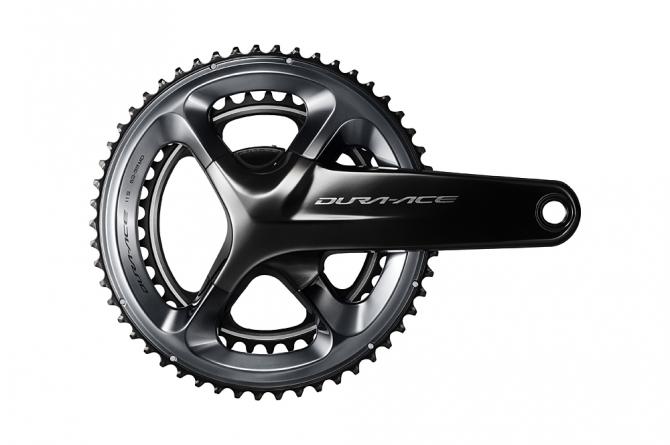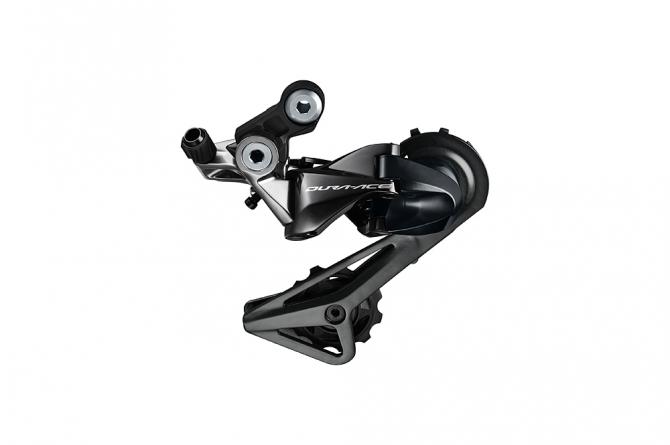Shimano reveal new Dura-Ace groupsets
Hydraulic disc brakes, integrated power meters debut
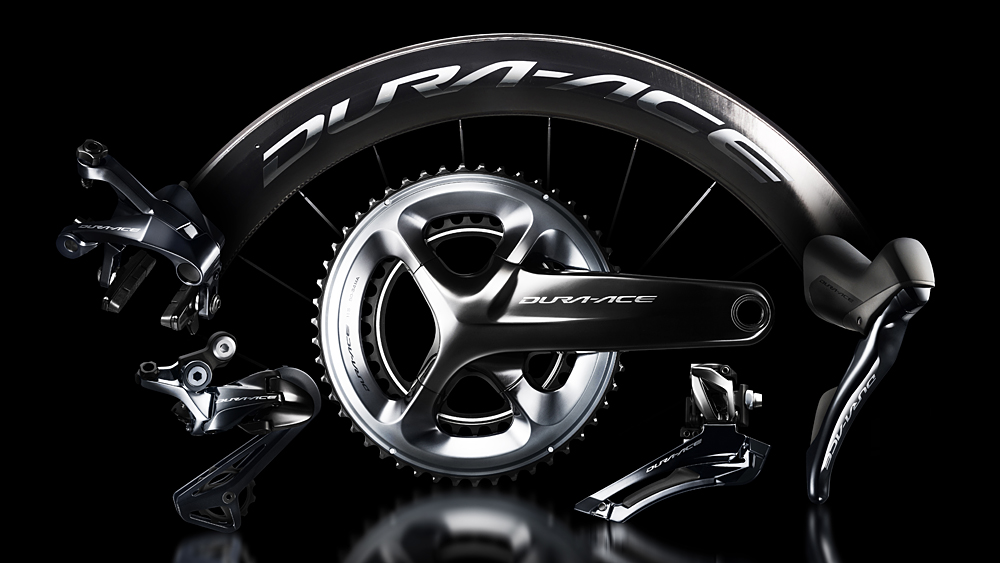
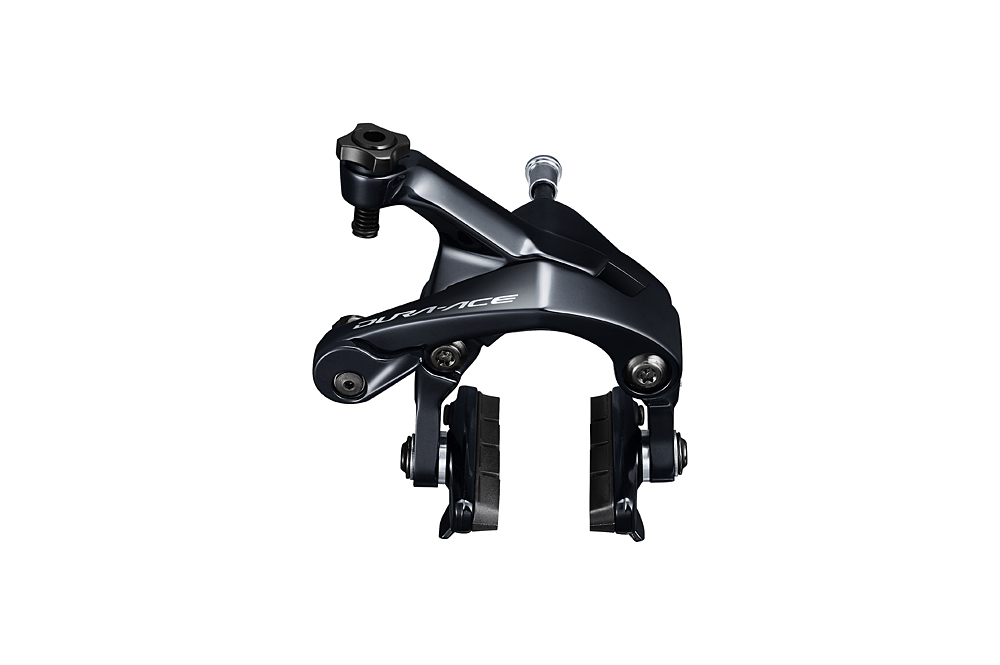
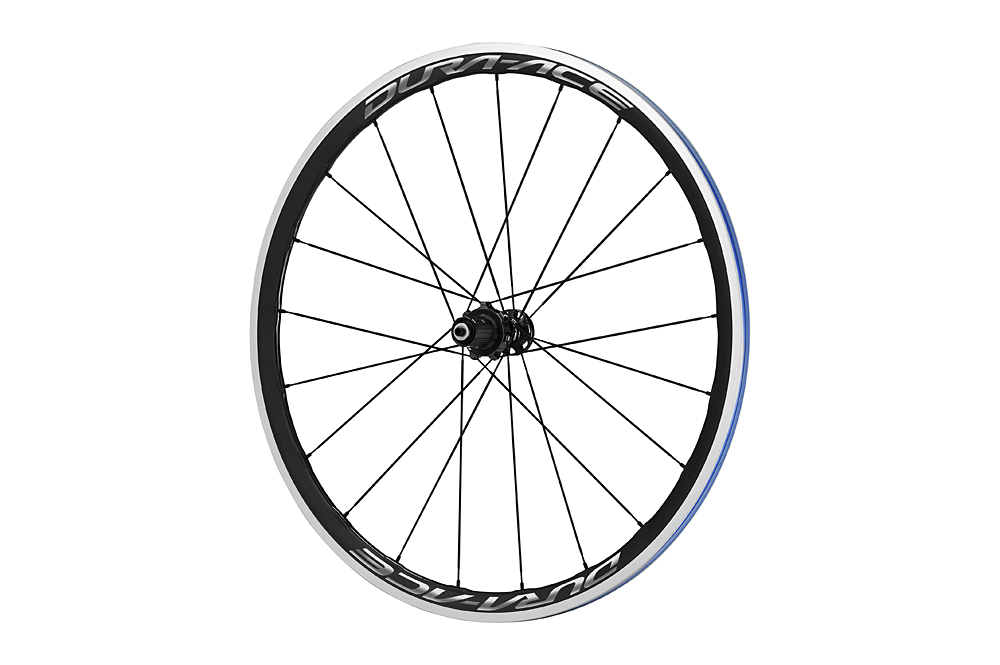
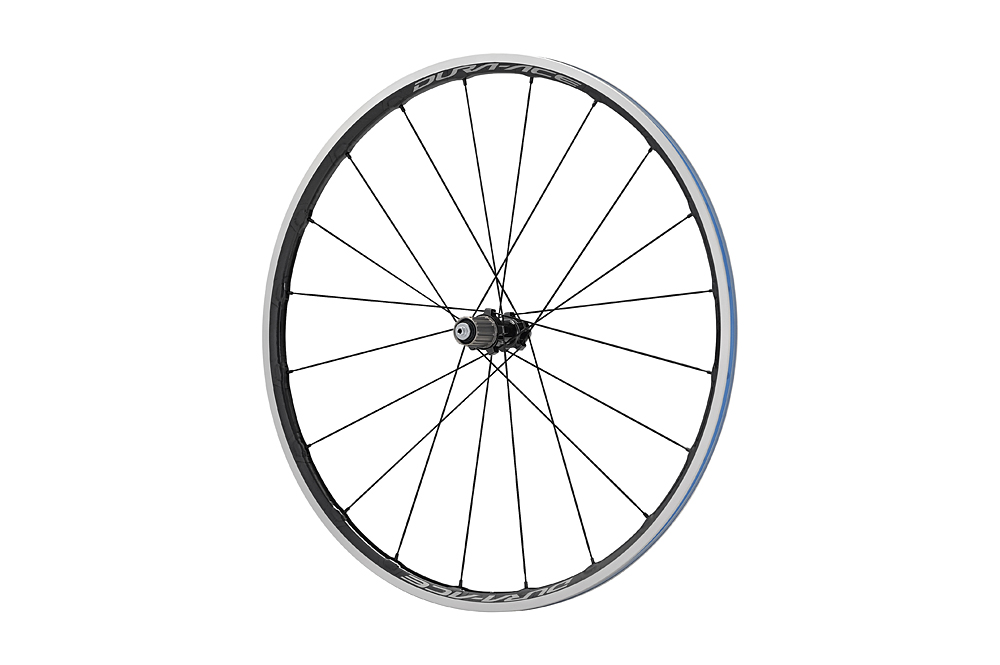
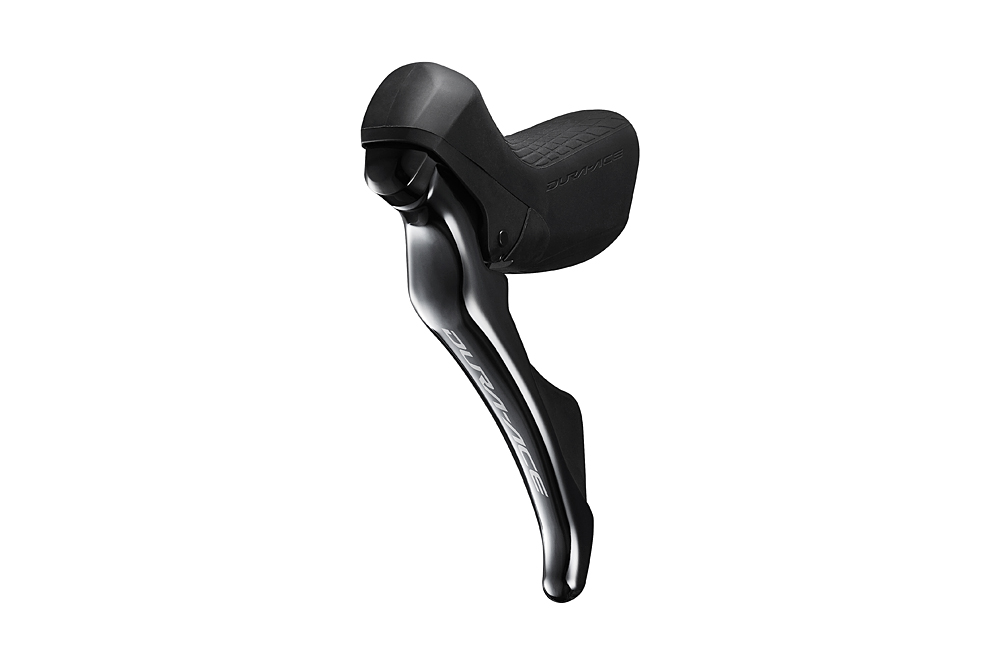
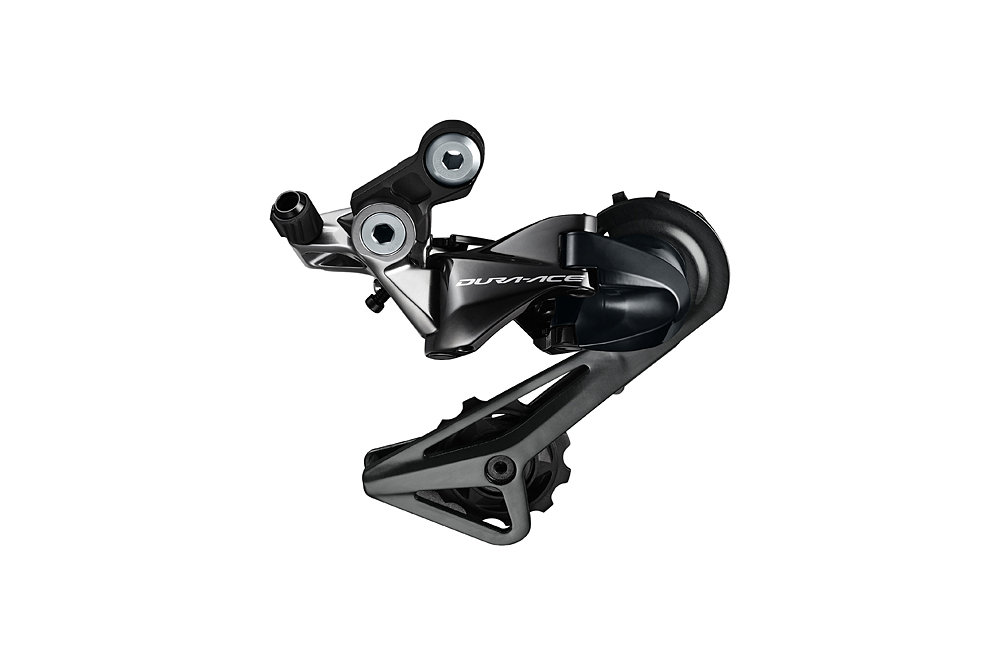
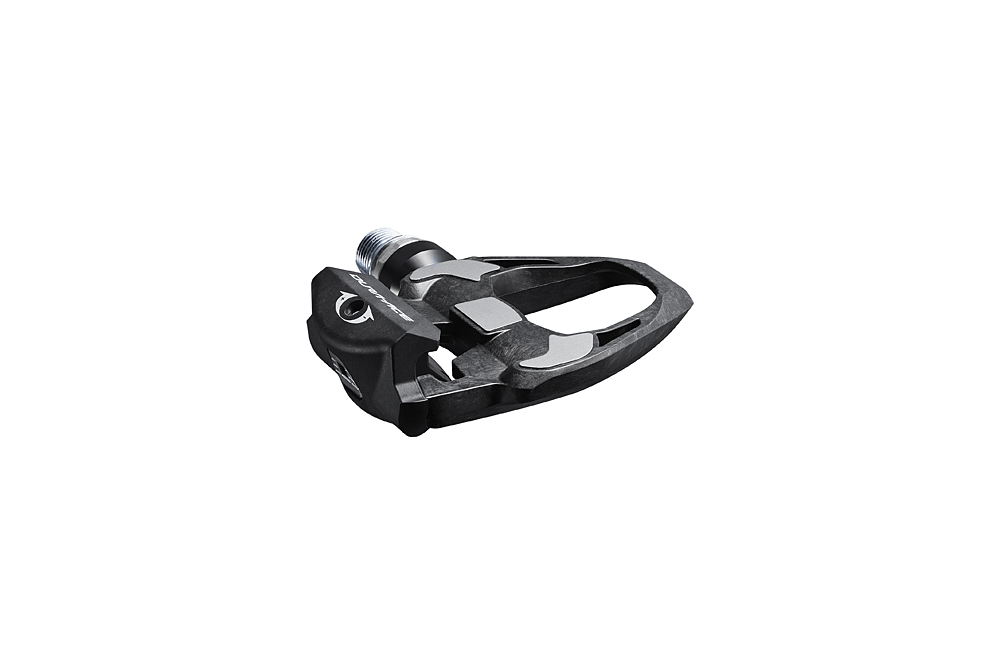
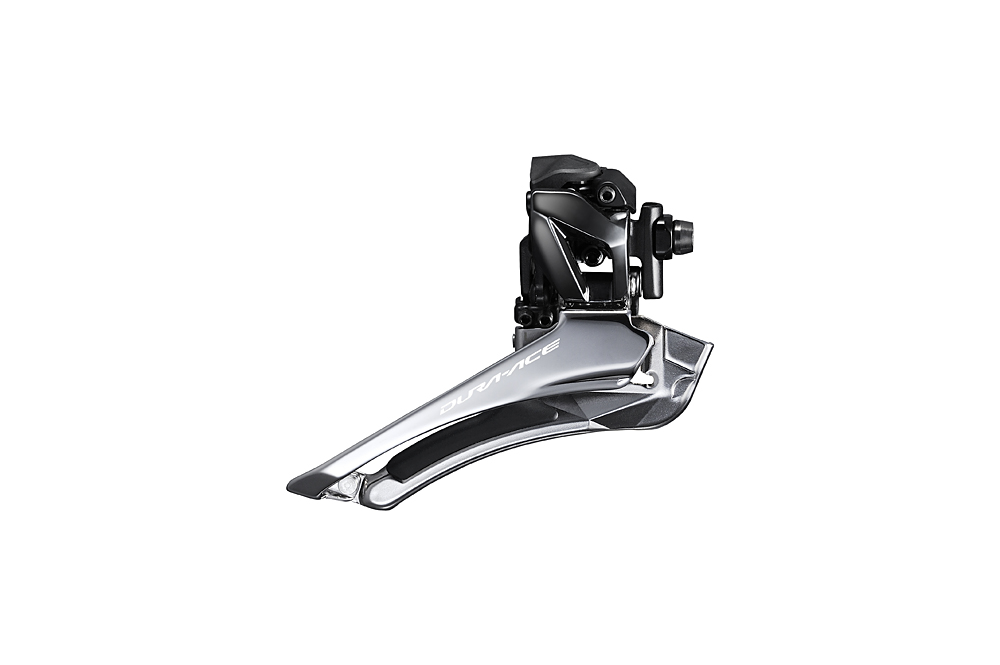
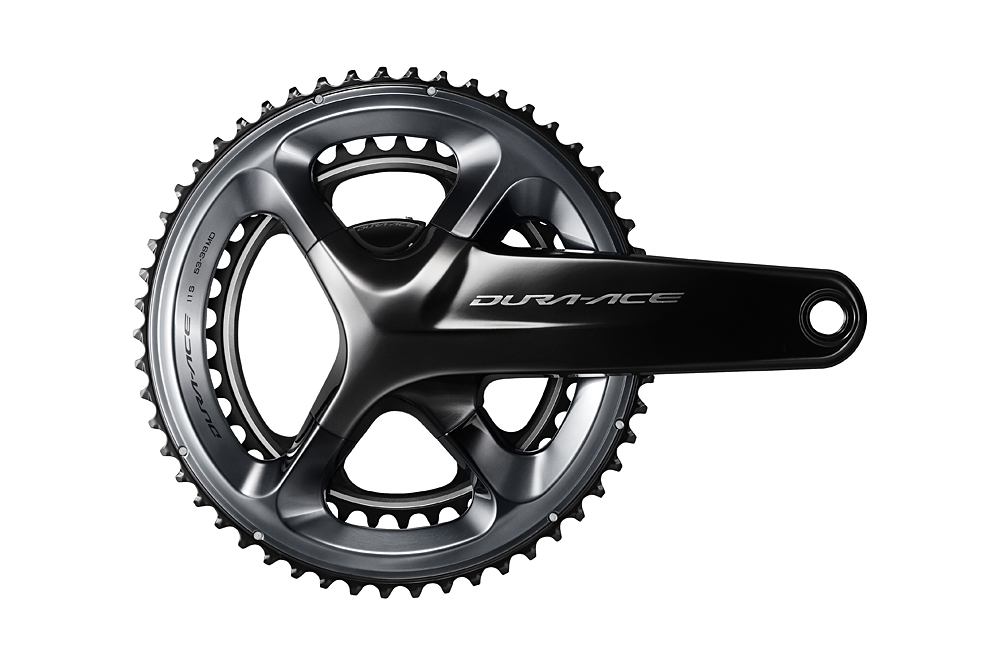
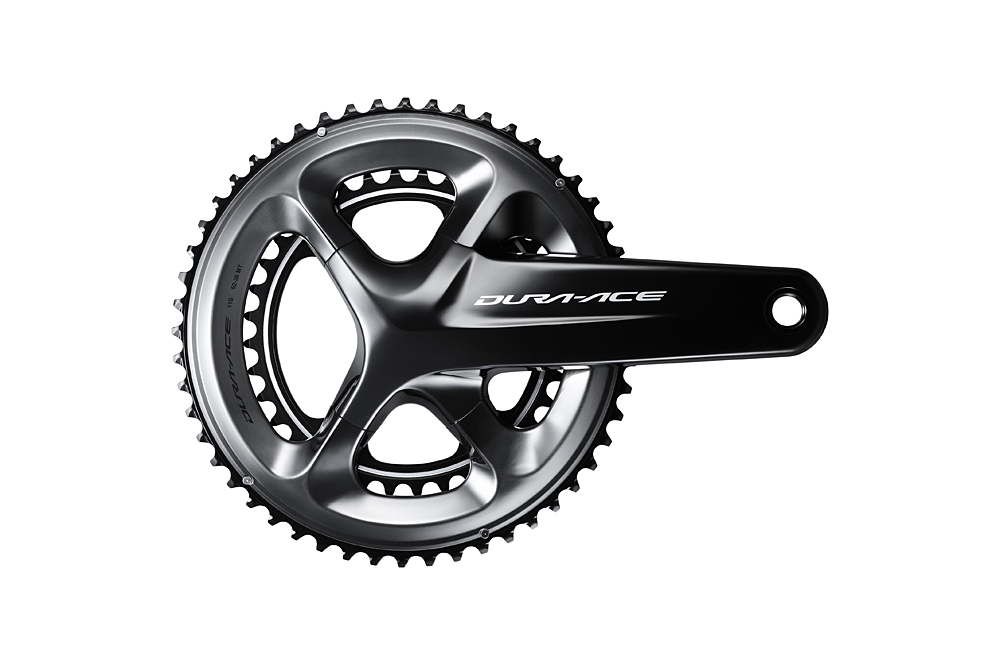
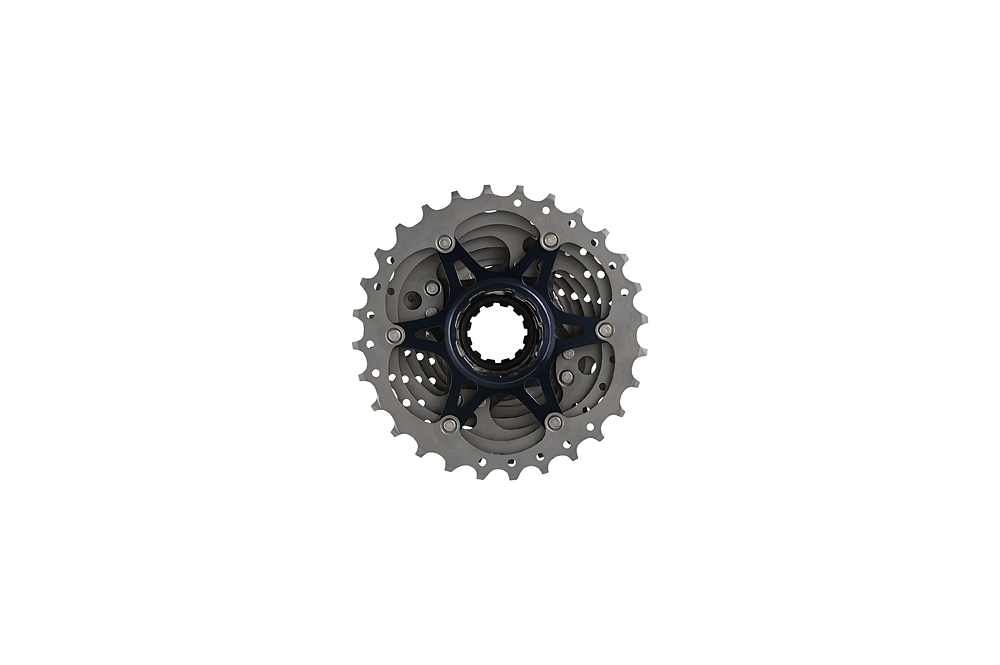

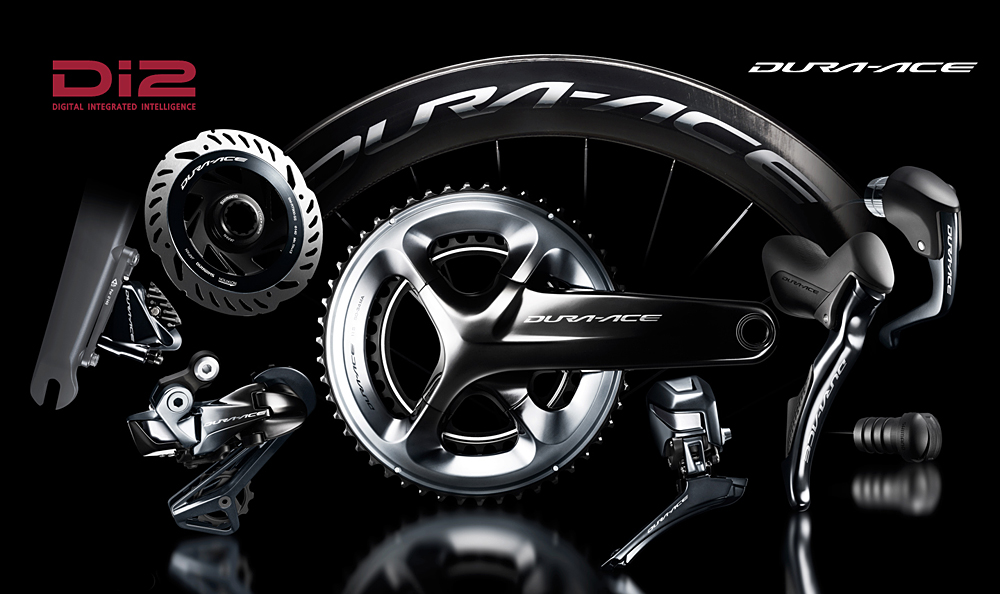
This article first appeared on BikeRadar.
Shimano has lifted the lid on the latest versions of its flagship Dura-Ace mechanical and electronic road groupsets. Officially known as Dura-Ace R9100 (mechanical) or R9150 Di2 (electronic), the groups push several firsts for Shimano on the road side including the options of an integrated power-meter, hydraulic disc braking and the migration of Shimano's clever synchronised shifting technology.
Let's clear a couple of things up before we move on. Dura-Ace will continue to be available in electronic (Di2) and mechanical options, and both will remain 11-speed. Along similar lines, Dura-Ace Di2 will not be wireless in a traditional sense, although it does feature some wireless functionality, which we'll explain in more detail below.
Numerous configurations mean that regardless of whether a rider wants disc or rim brakes, mechanical or electronic shifting or the option to run a TT handlebar, the compatibility is now there.
Power meter inside
Dura-Ace's latest Hollowtech II crankset is available with (FC-R9100-P) our without (FC-R9100) a power meter and in a wide variety of gear options and with seven crank arm lengths ranging from 165 to 180mm.
To the untrained eye, the power meter version is difficult to distinguish from the regular crankset. Look closely at a power meter equipped example and you'll notice a slight lump sitting inside the four-arm spider on the driveside crank. This is the 'brain' of the system, while strain gauges are placed in both crank arms.
The latest race content, interviews, features, reviews and expert buying guides, direct to your inbox!
Shimano says riders using its first integrated power meter can expect extremely accurate real time power data to track and analyse their performance.The meter itself is claimed to pair easily with third-party display units to enable the "most sophisticated and accurate level of performance measurement and anatomic analysis available today".
Power output can be determined individually from each leg, as well as information on cadence, giving what Shimano says its the "truest measure of performance, isolated from external factors such as gradient, road surface and wind". An advantage of this design is that chainrings can easily be changed without affecting the power meter's accuracy.
System diagnostics and firmware uploads can be managed through a smartphone or tablet thanks to new Bluetooth-enabled versions of Shimano's E-TUBE app. The internal battery is charged via a small magnetic adaptor that can be accessed without having to remove any covers or casings.
The non power-meter Hollowtech II chainset claims to save 7g over the previous generation part.
Gear options: FC-R9100 (non power-meter) 50-34t / 52-36t / 53-39t / 54-42t - 55-44t
FC-R9100-P (with power-meter) 52-39t, 52-36t
Claimed weights: 609g (50-34t), 621g (53-39t); TBA for power-meter version
Disc brake debut
For the first time, Dura-Ace is available with dedicated hydraulic disc braking as an option. Shimano said the discs "add an extra element of control and confidence to brake performance in tough weather conditions". Details are scarce on the new BR-R9170 calipers but it's clear that the fresh angular design of the two-piston brake uses Shimano's sleek flat-mount standard. Shots also clearly show a version of Shimano's heat dissipating finned disc brake pads. As usual for Shimano, the rotors will use the company's own Centerlock mounting standard.
The most eye-catching part of the system is probably the new dedicated SM-RT900 rotors, set to be available in 140 and 160mm sizes. Their futuristic looks seem more closely related to Shimano's commuter-specific Metrea group than anything we've seen before from the company. Shimano claims a 30% improvement in heat dissipation over its last generation IceTech rotors – we (well some of us at least) can't help but think about how nice they'd look on mountain bikes too…
For those who don't want discs
Shimano will continue to offer dual-pivot or direct mount braking for those who prefer it. These components offer what according to Shimano is the "best balance between rigidity, weight and stopping power". The new components bring improved clearance and are now rated for tyres up to 28mm. They're said to be 43% stiffer than the last Dura-Ace caliper brakes, too.
More aero, direct mount options are available for the fork (BR-R9110-F), the rear seatstay (BR-R9110-RS) or under the bottom bracket (BR-R9110-R).
Electronic shifting is now synchronised
Dura-Ace Di2 now makes use of Shimano's synchronised shifting technology. Formerly known as Synchro Shift and used successfully in the company's XTR Di2 and XT Di2 mountain bike groupsets, the system can be set to control both derailleurs through the action of one shift lever.
Synchronised shifting follows a preprogrammed but reconfigurable map, meaning you simply select up or down at the right hand lever and let the derailleurs do their thing. In mountain bike applications this means the left hand shifter can be done away with completely, even on a triple set-up. There's also a second shift mode dubbed Semi Synchronized Shift, which lets a rider adjust the rear by a gear or two as the front derailleur shifts to minimize the change in the gear ratio.
Particular attention has been paid to shifter ergonomics so that the ergonomics of the hoods containing hydraulic internals are similar to those without. All levers are adjustable for different hands sizes/reach preferences, too.
A pair of mechanical shift levers for rim brakes (ST-R9100) weighs 365g, while mechanical levers for disc brakes totals (ST-R9120), 505g. Meanwhile, Di2 rim brake levers (ST-9150) weigh 230g (pair) and Di2 disc levers (ST-9170) weigh 360g (pair).
It also removes the potential of cross chaining. Shimano is particularly excited about what this system has to offer for triathletes and time trialists, who it says this benefits the most. That's reflected in its new SW-R9160/80 satellite shifters, which get one button rather than two, reducing their size and weight considerably to 29mm wide and 100g – for comparison, the last generation parts were 40mm wide and 128g.
Both the (FD-R9150) Di2 front derailleur and (RD-9150) Di2 rear derailleur are more compact than before, the former now weighing in at 104g and the latter at 204g. Both are still designed to protect themselves in the event of a crash, too.
The rear derailleur now boasts the Shadow technology found on Shimano's MTB models, meaning the derailleur tucks itself further out of the way than ever before.
New wireless functionality
Both Di2 derailleurs are connected via Shimano's small EW-WU111 wireless unit allowing for an ANT Private connection between the system and third party devices. These components can be connected to Shimano's E-TUBE software, which supports the programmable aspects of the Di2 electronic gear shifting system. Additionally, Bluetooth now allows this functionality to be accessible on smart phones and tablets.
The latest version of E-TUBE (2.11.1) also allows individual rider profiles to be saved and downloaded to the bike, removing the need to reprogram the system from scratch for each ride or race.
The system junction box can be situated in a frame's down tube, within certain specifically designed components or simply strapped beneath a bike's stem.
For those who prefer cables to wires
Dura-Ace mechanical has seen big revisions too, although Shimano says its put most of its efforts into producing 'incredibly responsive gear shifts'.
Like the Di2 component, the mechanical rear derailleur now boasts a minimal Shadow profile and direct mount; aesthetically it looks closer than ever to a mountain bike item from the company. The short cage or (SS) rear derailleur is now rated for a maximum sprocket size of 30t. Details are scarce on the new Dura-Ace mechanical front derailleur with Shimano simply stating the new structure works together with the rear derailleur to make "mechanical shifting performance better than ever".
Functionally, Shadow technology was rolled out many years ago to mountain bike derailleur where it dramatically reduced the profile (and therefore vulnerability) of the rear derailleur. Of course, on the road this is less of a priority, but Shadow derailleur also allow for more direct routing to the cable housing, which is a great way of reducing cable friction for smoother, slicker shifts. The FD-R9100 front derailleur tips the scales at a claimed 69g and the RD-R9100 rear derailleur at 158g.
Five different cassette configurations are available for the new CS-R9100 component, 11-25t/11-28t/11-30t/12-25t/12-28t. Once again, details are scarce on this component but the supplied images appear to show a construction similar to that of the cassette from Shimano's XTR's M9000 group, which uses a carbon spider and a mixture of aluminium, steel and titanium cogs.
All-new wheels
Dura-Ace 9100 brings three new wheelsets with the choice of 24mm, 40mm and 60mm rim depths. Various clincher, tubular and tubeless configurations of carbon and carbon/alloy composite rims will be offered with the choice of quick release or 12mm E-thru axles.
Shimano claims its new Dura Ace R9100 C60 wheels have saved 16W over Shimano's current 9000 C50 wheelset while sprinting on flat road. Claimed weights for the (WH-R9100-C60-TU) 60mm, quick-release carbon road tubular wheelset stands at 1,400g. The (WH-9100 C40TU) 40mm tubular wheelset stands at 1331g.
Pedals
Last but not least, Shimano has introduced a new pair of Dura-Ace level SPD-SL pedals. The carbon PD-R9100s are said to be lighter than the previous generation Dura-Ace pedals although we are yet to see a claimed weight figure.
Unsurprisingly, Shimano has called Dura-Ace 9100 the most advanced system of road cycling components in its 95-year history. We'll be riding the new group over the next few hours so stay tuned to BikeRadar for early first ride impressions.
Shimano Dura-Ace R9100 will be available in early 2017, pricing details are still to be announced.
